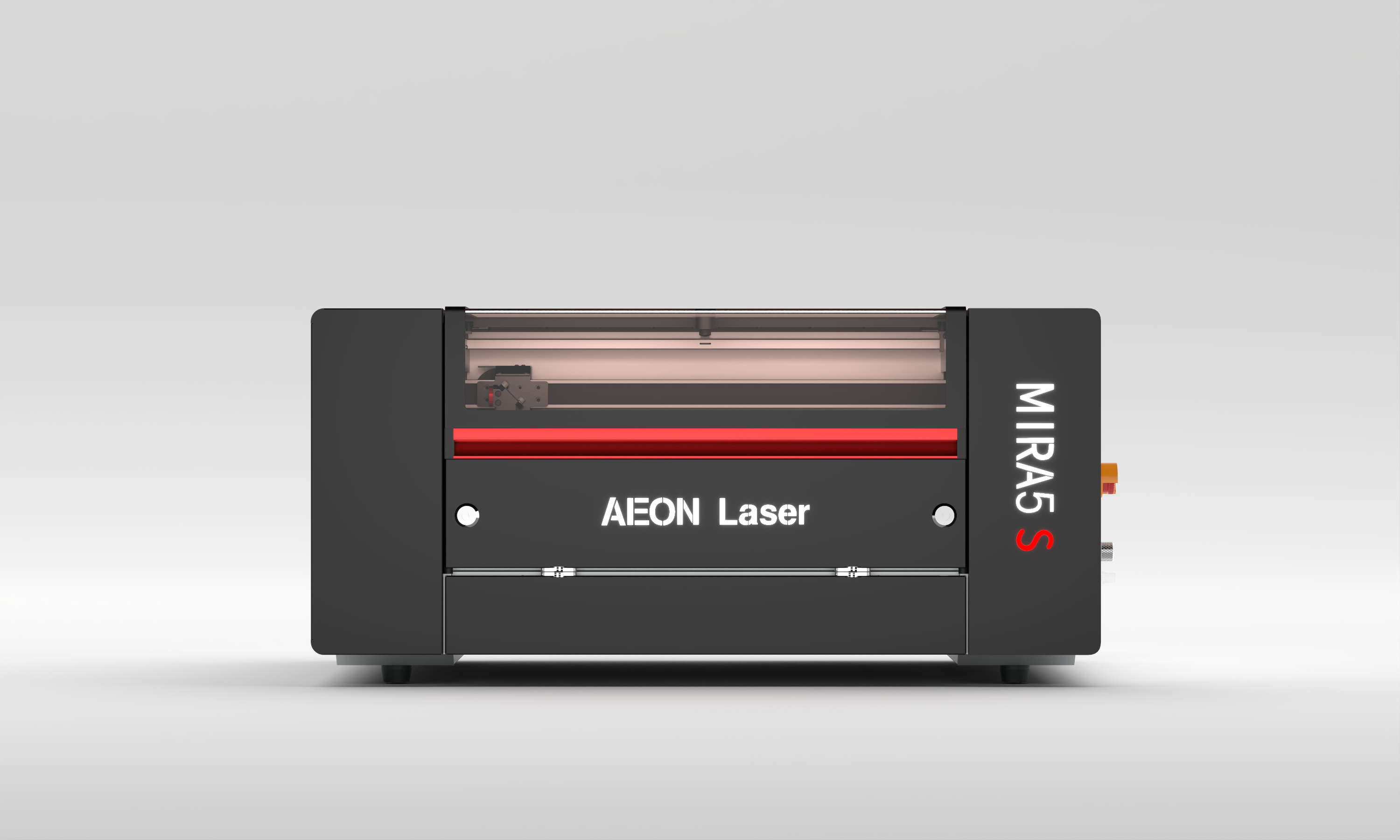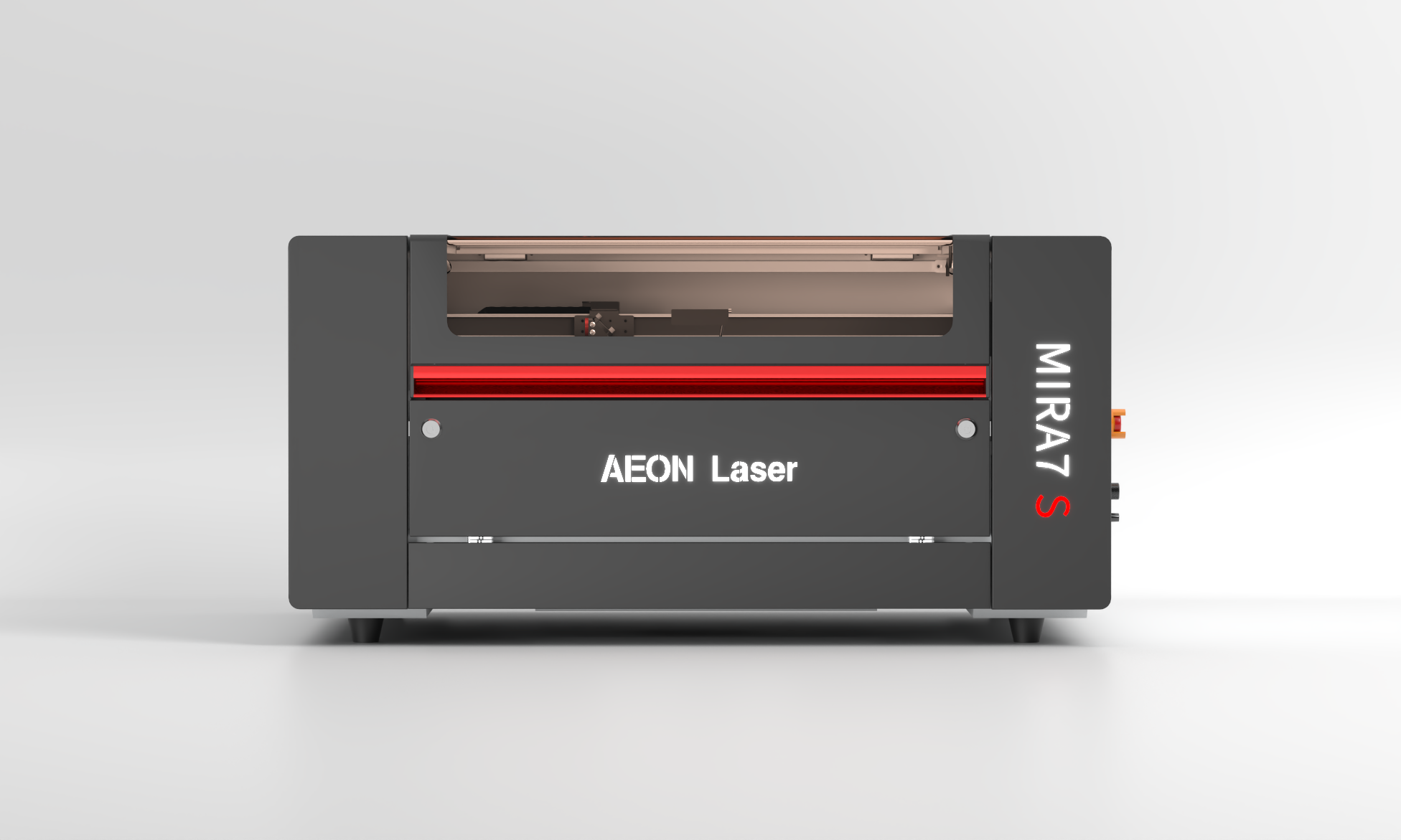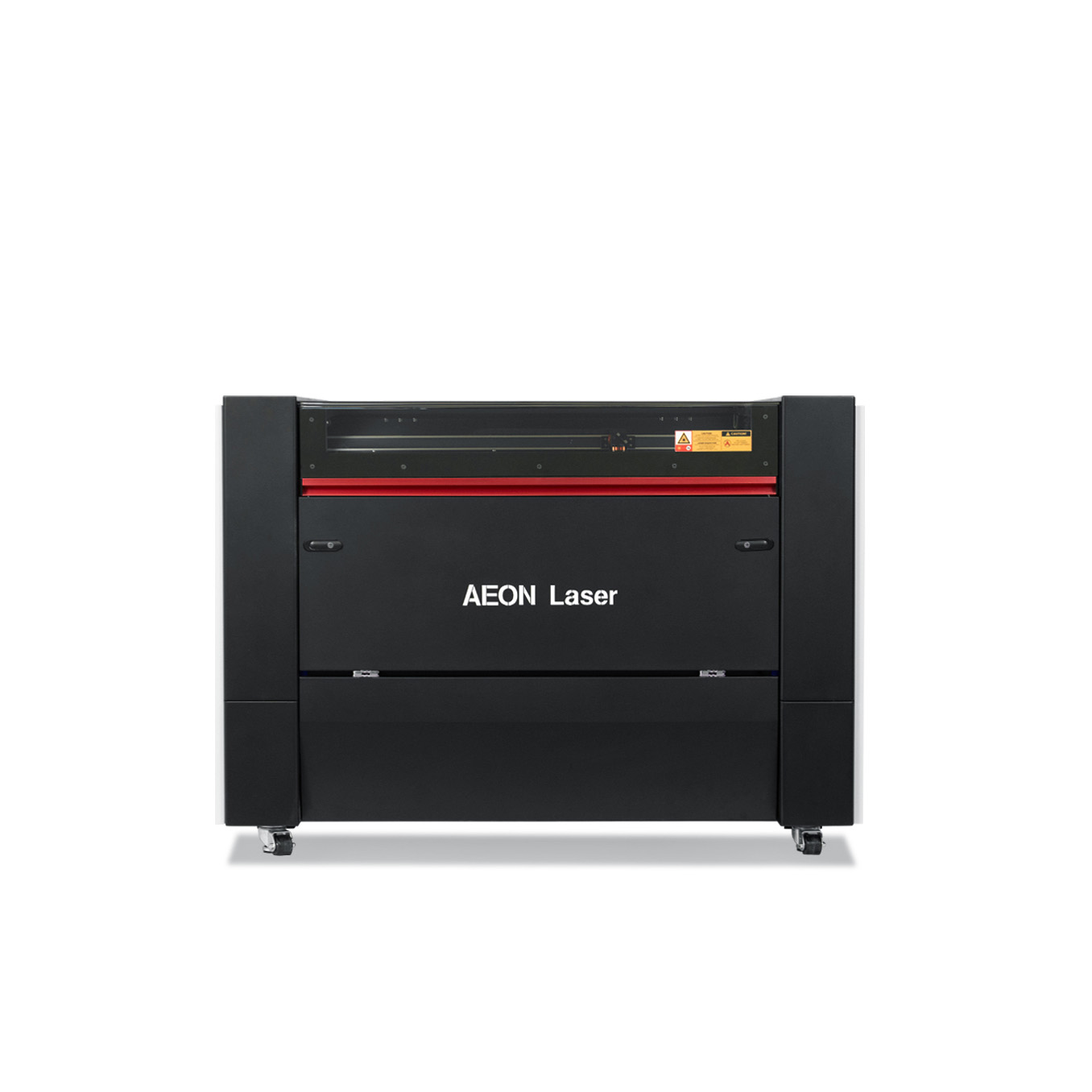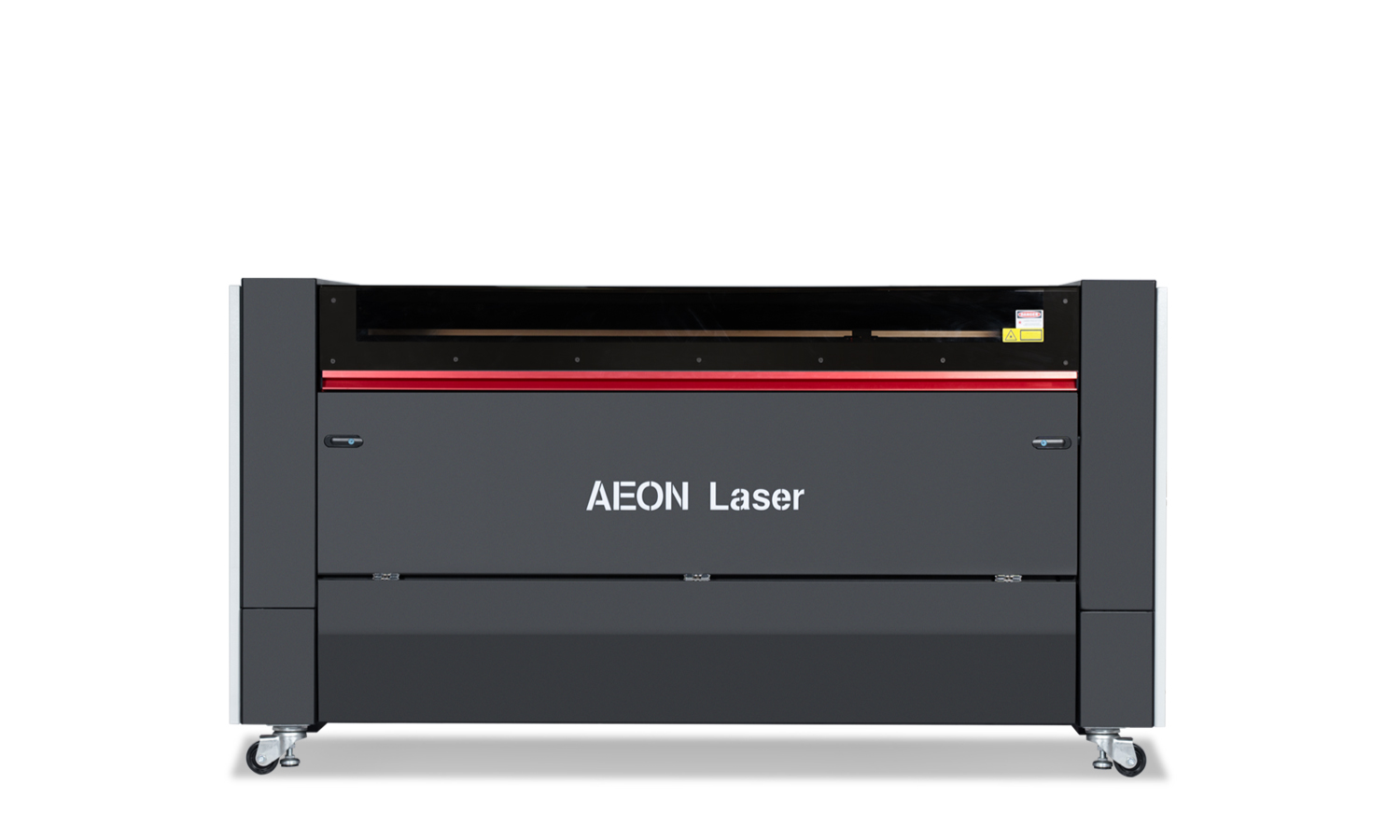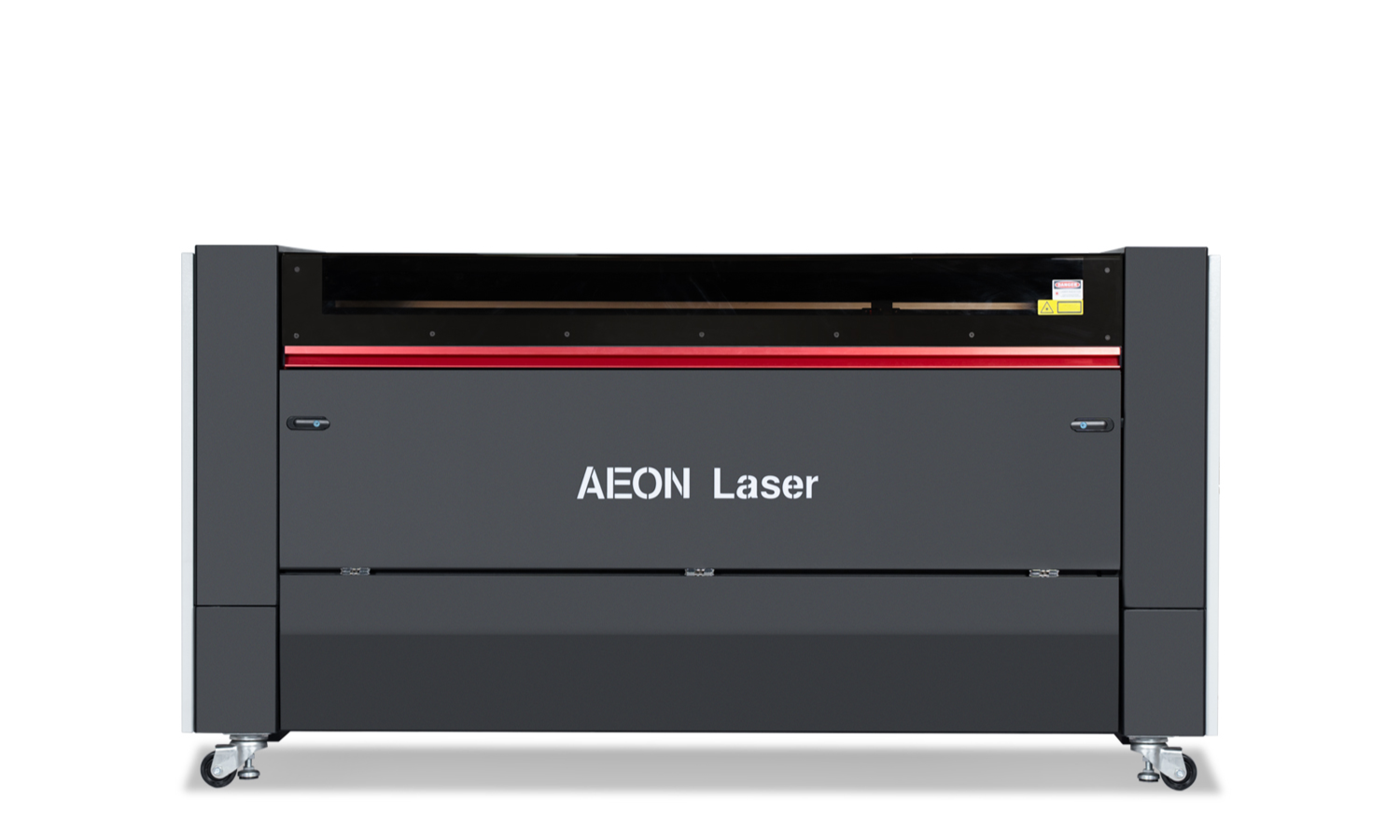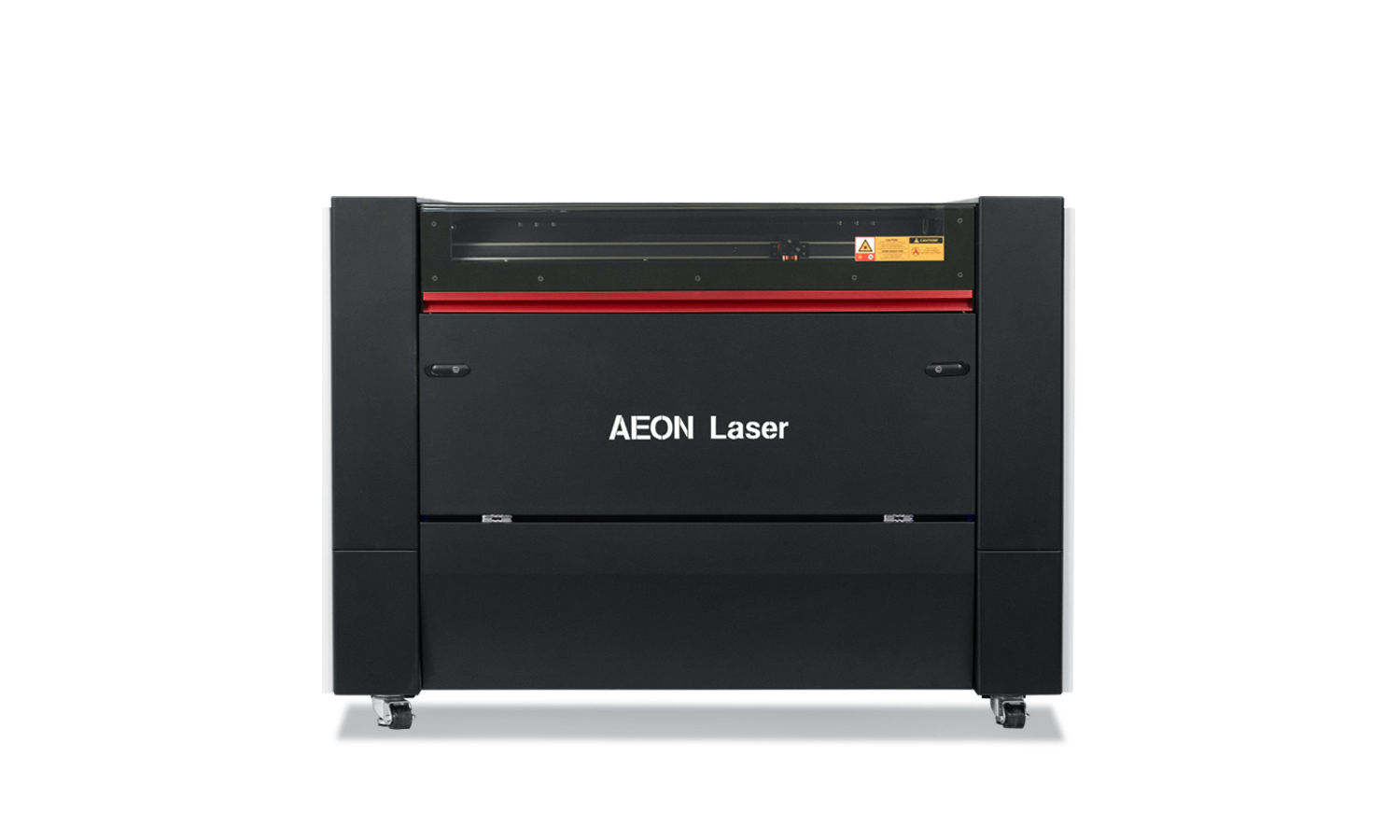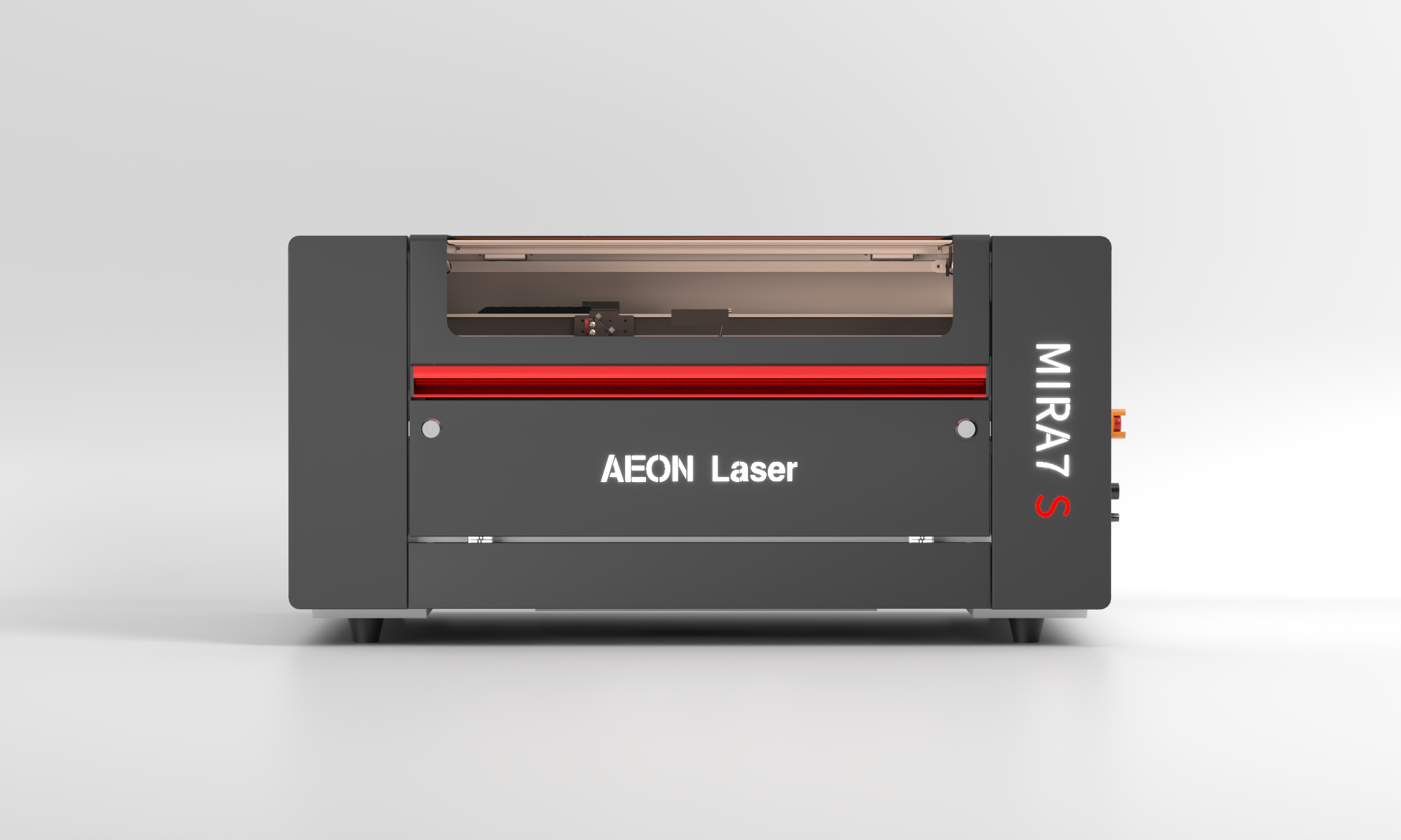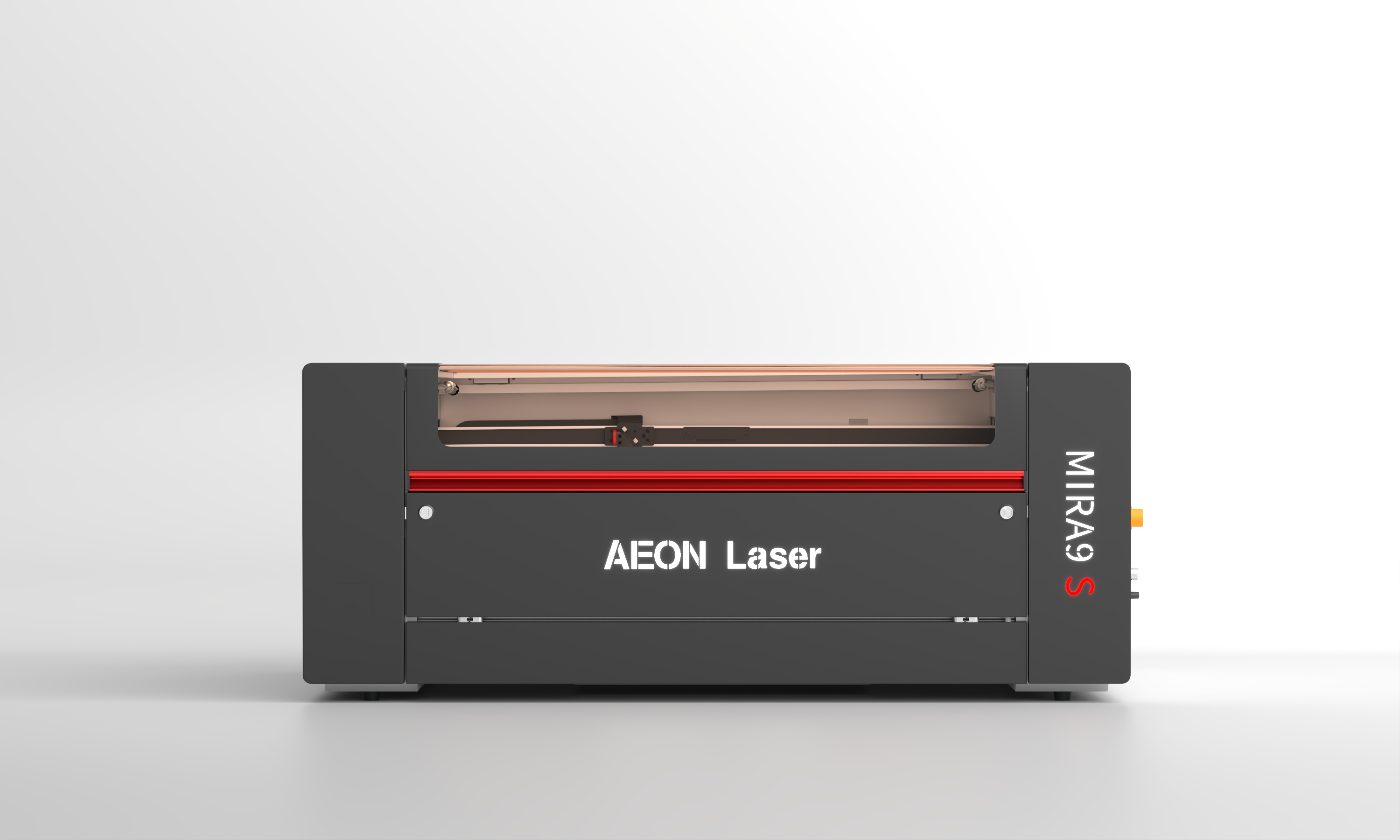✅ Engraving Glass and Ceramics with CO₂ Lasers: Verified Guide
- Glass Engraving with CO₂ Lasers
✔️ How It Works:
CO₂ lasers (wavelength 10.6 µm) cannot penetrate glass but interact with the surface by creating localized thermal stress, causing micro-fractures. This produces a frosted, matte white appearance.
✔️ Compatible Glass Types:
· Soda-lime glass (most bottles, drinkware, windows):
✅ Excellent engraving results with frosted appearance.
· Borosilicate glass (e.g., Pyrex, lab glass):
✅ Good results with slightly adjusted settings; more heat-resistant but engraves similarly to soda-lime.
· Optical glass (e.g., K9, BK7, BaK4):
✅ Engravable; widely used for awards, optics, and decorations.
· Lead crystal glass (high lead content):
⚠️ Engravable but risky. Lead crystal absorbs heat poorly and can easily crack. Use very low power, high speed, wet paper, or masking tape to reduce thermal stress.
· Tempered glass:
❌ Not engravable. It shatters due to internal stresses once the surface is damaged.
· Metal-coated, mirrored, or heavily metallized glass:
❌ Cannot be engraved. Metal reflects CO₂ laser beams, posing a risk of beam reflection and damage to optics.
⚠️ Limitations:
· Engraving is surface-level only (cannot engrave deeply).
· Result is white, frosted, low-contrast unless enhanced with lighting, paints, or backgrounds.
· Risk of cracking or edge chipping, especially on thinner or heat-sensitive glass.
➕ Best Practices for Glass:
· Use high speed, low power.
· Slightly defocus the laser (~1–3 mm) to widen the beam for smoother results.
· Apply wet paper, dish soap, or masking tape to absorb heat and reduce micro-cracking.
· Use a rotary attachment for cylindrical objects (e.g., mugs, bottles).
· For higher contrast, consider LED backlighting or color fills.
2. Ceramic Engraving with CO₂ Lasers
✔️ How It Works:
CO₂ lasers engrave ceramics by either melting the glaze (if glazed) or ablating the raw ceramic material (if unglazed). The result is a contrasting, permanent surface mark.
✔️ Compatible Ceramic Types:
· Glazed ceramics (e.g., mugs, tiles, plates):
✅ Laser removes the glaze, revealing a lighter or darker mark depending on substrate color. High contrast, precise results.
· Unglazed ceramics (e.g., terracotta, stoneware):
✅ Excellent results with natural contrast. Engraving produces a roughened, light-colored mark.
· Porcelain and stoneware:
✅ Engraves cleanly with sharp detail. High durability.
· Standard ceramic tiles:
✅ Works well using the Norton White Tile Method, which involves coating the tile with titanium dioxide-based (TiO₂) spray paint before engraving. The laser bonds the TiO₂ to the tile surface, creating a permanent, waterproof, dark mark.
· Technical ceramics (alumina, zirconia, silicon carbide):
⚠️ Possible but limited. CO₂ lasers can mark the surface but not deeply. High-density ceramics require multiple passes, high power, or are better suited to UV or fiber lasers for permanent deep marks.
· Metallic or reflective glazes:
❌ Not engravable. Reflective coatings bounce the beam and prevent energy absorption.
➕ Best Practices for Ceramics:
· Use high power and moderate speed for glazed ceramics to vaporize the glaze cleanly.
· For the Norton White Tile Method, apply a thin, even layer of white TiO₂ spray paint, engrave, then wipe off unengraved areas.
· For unglazed ceramics, standard engraving settings produce clean, permanent textures.
· Multiple passes may be needed for harder technical ceramics.
· Apply a clear coat or varnish post-engraving if waterproofing is needed.
�Comparison Table (Verified)
Material | Engraving with CO₂ | Notes |
Soda-lime glass | ✅ Yes | Standard glass—good results |
Borosilicate glass | ✅ Yes | More resistant to thermal shock; works well |
Optical glass (K9, BK7) | ✅ Yes | For awards, decorations |
Lead crystal | ⚠️ Risky | Cracks easily; use low power/high speed |
Tempered glass | ❌ No | Shatters |
Metal-coated/mirrored glass | ❌ No | Reflects beam; unsafe |
Glazed ceramic (mugs, tiles) | ✅ Yes | Excellent results on most types |
Unglazed ceramic (terracotta) | ✅ Yes | Matte, clean texture |
Porcelain and stoneware | ✅ Yes | Durable and detailed |
Standard ceramic tile (Norton) | ✅ Yes, with the method | Requires TiO₂ coating |
Technical ceramics (alumina, etc) | ⚠️ Limited | Works but shallow; UV/fiber better |
Metallic/reflective ceramic glazes | ❌ No | Reflects, poor result |
✅ CO₂ Laser Engraving on Glass and Ceramics: Commercial Applications and Examples
1. Glass Engraving Applications
✔️ Common Products You Can Make:
· Personalized drinkware:
Engrave names, logos, or messages on wine glasses, whiskey tumblers, beer mugs, champagne flutes, and cocktail glasses.
➝ Widely used in wedding gifts, corporate giveaways, bars, and restaurants.
· Custom bottles:
Etch logos or designs on wine bottles, liquor bottles, perfume bottles, olive oil bottles.
➝ Popular in gift packaging, wineries, and promotional products.
· Glass awards and trophies:
Professional engraving on optical glass (K9, BK7) for corporate awards, sports trophies, academic prizes.
· Home décor:
Create engraved mirrors, glass signs, photo frames, ornaments, sun catchers.
➝ Sold through Etsy, craft fairs, and interior design businesses.
· Memorials and commemorations:
Etched glass plaques for gravesites, remembrance, or anniversaries.
· Architectural glass and signage:
Frosted logos or patterns on office windows, glass partitions, door signs, and reception panels.
➝ Adds premium branding to commercial spaces.
2. Ceramic Engraving Applications
✔️ Commercial Products You Can Offer:
· Custom mugs and dishware:
Laser-engraved coffee mugs, plates, bowls, tiles. Logos, quotes, names, or art.
➝ High demand for corporate merchandise, cafes, online gifts, and wedding favors.
· Decorative tiles:
Make wall art, house number plates, kitchen backsplashes, or bathroom décor.
➝ Popular with interior designers, real estate developers, and custom builders.
· Memorial plaques and stoneware:
Create ceramic or stone memorial plaques, commemorative tiles, and cemetery markers.
· Ceramic jewelry:
Laser-engraved pendants, earrings, charms, beads.
➝ Handmade, sustainable jewelry trend.
· Industrial labeling:
Mark technical ceramics for machine parts, electrical insulators, and laboratory equipment.
➝ Requires precise, durable markings.
· Kitchen and household goods:
Customized ceramic coasters, trivets, cutting boards (with ceramic inlays), and decorative plates.
· Promotional products:
Custom ceramic items for corporate giveaways, branded merchandise, and event souvenirs.






